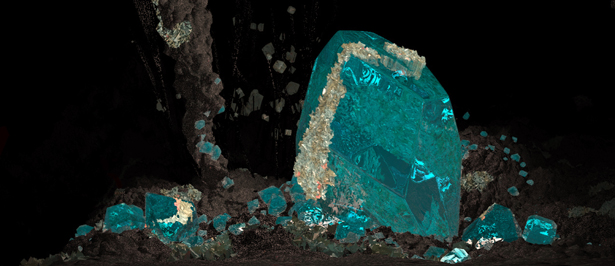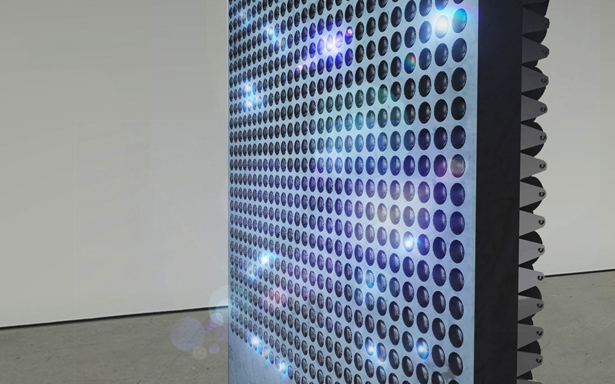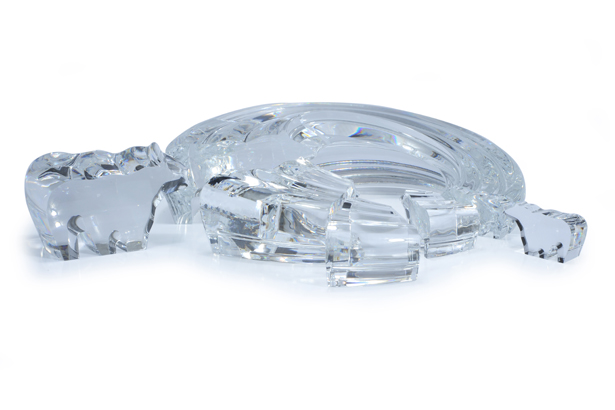New Design Museum expo is crystal clear
Memories captured in physical and digital forms - that's the theme of the latest exhibition at the Design Museum, sponsored by Swarovski
London's Design Museum is always a fantastic reservoir of inspiration that will get the creative juices flowing again. If you're looking for visual stimulation anytime between 5 September and 13 January, head over there to catch its latest exhibition, Digital Crystal: Swarovski at the Design Museum.

Swarovski - the jewellery, fashion and home accessories company - is sponsoring the event, with commissions going out to 15 top designers across a range of media, including Troika, Yves Behar (main image), Semiconductor, Ron Arad and Random International.
Each designer has built an installation based on the idea of memory in this digital age. Some have chosen to focus on the digital, while others have decided to look at how crystal forms and materials can be used to represent memories in the physical world. And some have combined the two.
Memory in the digital age
"The [Digital Crystal] exhibition takes this as its starting point, to question the future and our relationship with the changing world, where it seems all too easy to lose connection with the tangible and the real, as we move ever faster to a digital age where memory and the personal possessions we once held so highly are now online or gone in an instant," explains Deyan Sudjic, director of the Design Museum.

Yves Behar's piece, for instance, sees the same crystal form repeated over and over again in an extensive lighting exhibition, while Troika also uses light but projects images through Swarovski lenses in an homage to film and text.
Hye-Yeon Park, a former Designer In Residence at the Design Museum, has captured the form of a polar bear in an extruded ring-shaped crystal - if the polar bear becomes extinct this will be a memory of the once impressive creature.
Meanwhile, Semiconductor has created an animation of mineral crystals growing, and changing in form and colour.
Daily design news, reviews, how-tos and more, as picked by the editors.

Other artists have used light, motion, explosions, 3D lenticulars and even tweets and SMS messaging in their installations. Inspiration has come from some incredibly varied sources as well such as the Large Hadron Collider at CERN (Philippe Malouin) and religous and mytical symbols (Hilda Hellstrm).
Admission to the Digital Crystal Exhibition will be £10 for adults, £9 concessions and £6 for students. Under-12s go free.


The Creative Bloq team is made up of a group of art and design enthusiasts, and has changed and evolved since Creative Bloq began back in 2012. The current website team consists of eight full-time members of staff: Editor Georgia Coggan, Deputy Editor Rosie Hilder, Ecommerce Editor Beren Neale, Senior News Editor Daniel Piper, Editor, Digital Art and 3D Ian Dean, Tech Reviews Editor Erlingur Einarsson, Ecommerce Writer Beth Nicholls and Staff Writer Natalie Fear, as well as a roster of freelancers from around the world. The ImagineFX magazine team also pitch in, ensuring that content from leading digital art publication ImagineFX is represented on Creative Bloq.
